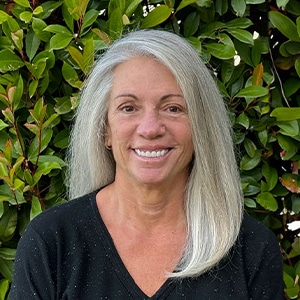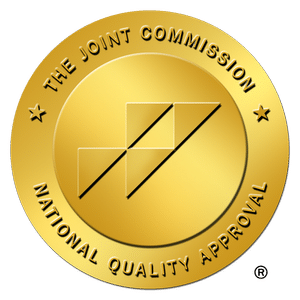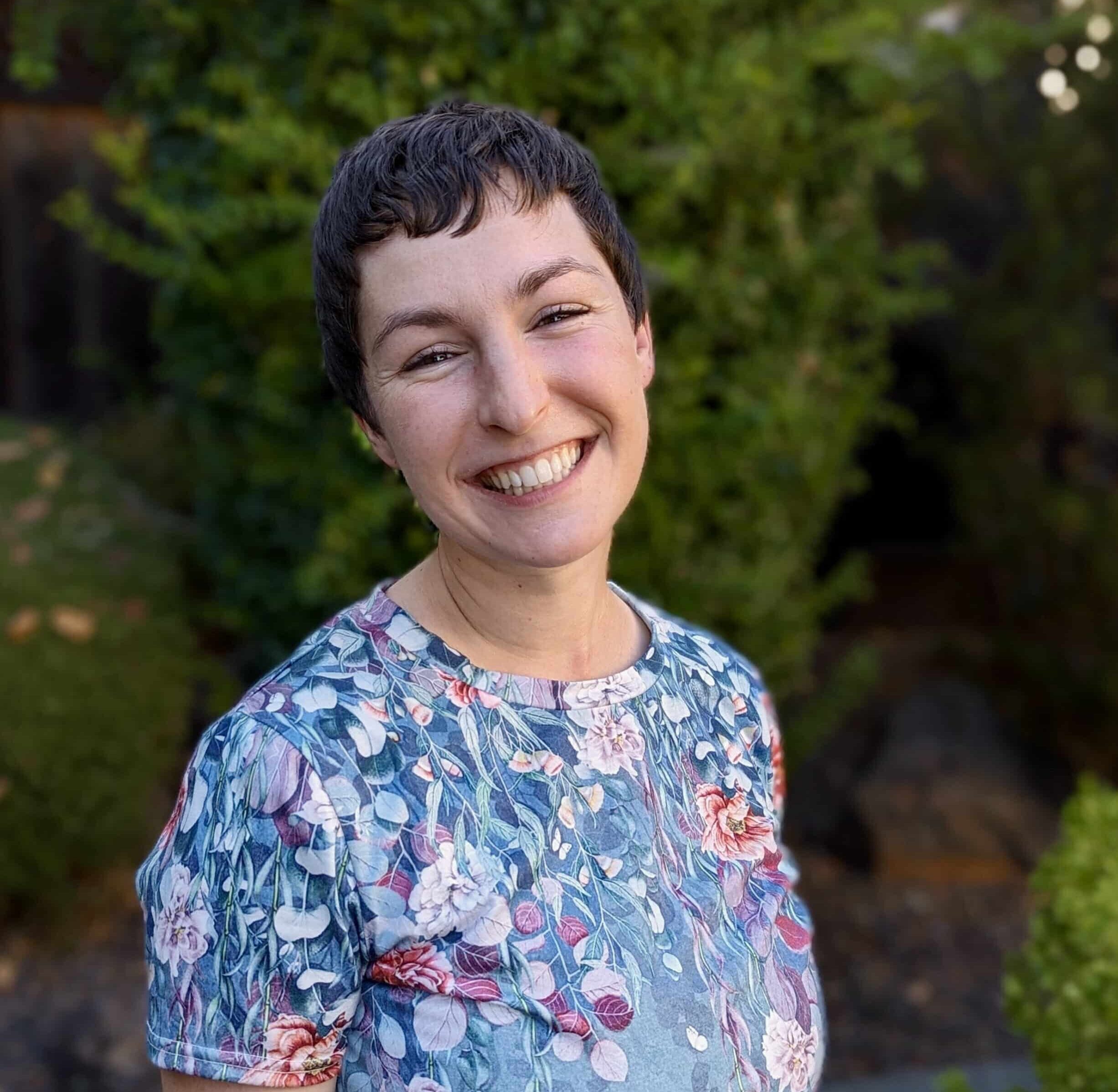Paying for Treatment
When considering a drug and alcohol addiction program, payment is often one of the main topics of concern. The cost of rehabilitation can feel like it’s out of reach, however there are options when it comes to taking on the financial involvement for care. One of those options is utilizing your insurance benefits.
Figuring out how to pay for addiction treatment and mental health care doesn’t need to be an overwhelming task. Many health insurance plans allow for mental health coverage of Inpatient care, Medical Detox, Co-Occurring Addiction and Mental Health, and Outpatient care. Each plan can be different in the amount of payout or length of stay, but for the most part providers include mental health coverage for approved treatment facilities.
Insurance plans can reduce or completely cover the cost of treatment, and our team is excellent at getting insurance reimbursements for clients. With a Verification Of Benefits (completed at the beginning of the admissions process) some clients may only need to bring in the admissions and testing fees, depending on the mental health and/or substance abuse benefits of their policy. Other clients may need to meet their deductibles before benefits begin to be reimbursed.To find out about your mental health coverage, amount of payout, and deductible, we make the process simple for our clients and families.
First Step – V.O.B.
Verification of Benefits
The first step in the process is completing our online “Verify Insurance” form. Our billing team will contact your insurance company and gather your plans’ benefit information: verify an active policy, substance abuse/mental health benefits, deductible and out of pocket for the plan, current deductible and out of pocket accumulations, and exclusions to the policy.
Second Step – Pre Admission Screening
Next, our admission team will contact the potential client and conduct a Pre-Admission Screening.
Our Clinical, Medical & Psych Teams review the screening and determine if we are a good fit for the client and if there is anything the client needs to do prior to coming in – i.e. detox
Third Step – Pre Authorization
Our billing team will then take the pre-admission screening and contact your insurance company in order to obtain a prior authorization for treatment to determine if the client meets your insurance companies criteria to be admitted into a residential facility.
Once this is completed, the client is admitted to the facility and treatment begins.
How long is Insurance for Mental Health Treatment paid for?
The insurance company needs to be kept in the loop at regular intervals so they can indicate if they will continue to cover payment at the same level of care. This process is called Utilization Review (UR). Our billing company and/or therapists provide the UR service. The billers have access to the pertinent info in our electronic health record and give the insurance company the information that they need in order to get the necessary days of service authorise.
This process is typically repeated in 5-7 day increments. In rare cases, it can be required as often as daily, or as infrequent as once every 30 days. When the client no longer meets the insurance company’s criteria for residential level of care, the case manager will set up a peer to peer conversation with one of the insurance company physicians and with the treatment facility. Generally, the therapist has this conversation with the physician to conduct the review. The insurance company will then make a determination.
If the determination is that the client no longer meets the original level of care, then we are able to talk with the insurance company and see if the policy will allow for stratification or risk stratification. This means that the insurance will allow for the client to choose to stay in the original level of care but will move them in their system to the lower level of care and authorise days of service for the lower level of care only.
For the facility, it means that the facility basically agrees that they will accept a lower payment for each day of service that is defined to be at the lower level of care. Some insurance policies will allow for stratification and some won’t. It is pretty much policy dependent. It also will depend on if the facility is in network or out of network with the insurance company and what the contract entails if the facility is in network.
Ultimately this whole process repeats at the lower level of care until the insurance says they no longer authorize at the lower level of care or the client completes treatment. They would then be discharged from services or the client or family may choose to pay privately for the service and forgo insurance all together.












